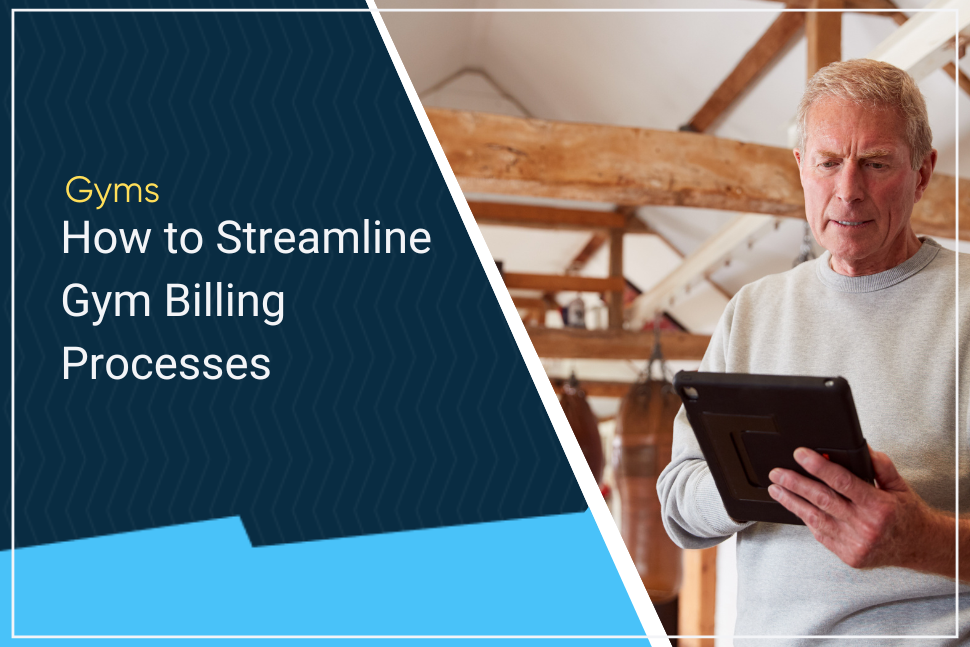When starting a new business in any industry, there are a thousand things to consider and plan before opening. A fitness business, whether it is mobile personal training, small group classes, or yoga practice, is no different and even includes some special considerations. By having your business plan prepared well ahead of execution, you can set yourself up to easily open a thriving fitness business.
What are the first things you need to plan for when starting a fitness business? The hundreds of small decisions you will need to make fall into five categories: budget and costs, location, internet presence, marketing, and education. Once you have these categories planned out, you’ll be more than ready to begin the process of opening your business. Let’s cover how to start a gym!
What Kind of Fitness Business?
Before you begin any of the preparation for your new business, the first decision is what kind of fitness business you want to open. There are several modalities to choose from, like pilates, spin, barre, CrossFit, boot camp, HIIT, etc. Most likely you’ll be choosing a type of fitness that you already know and love.
In addition to the fitness modality, you also need to decide if you want to open a franchise of an established brand or create your own company and brand. Franchise options will vary based on your location. You’ll need to research any franchise opportunities that you’re interested in because they all have different costs, business structures, and profit percentages. The biggest benefit of working with a franchise is that they have already created a brand and can supply you with administrative and marketing help.
The 5 Basics of Starting a Fitness Business
To reiterate, there are hundreds, maybe even thousands, of details that need to be planned or decided when opening a fitness business. Listing everything would be overwhelming. This is a breakdown of the five major categories that you’ll need to prepare when opening your business.
Budgeting & Costs
Opening a business comes with initial costs and then ongoing costs. You’ll want to keep both types in mind when preparing your budget, even though the business income will eventually cover the ongoing costs. It is always better to be conservative and over-estimate your costs.
Initial costs will usually be a large sum of money. These costs include (but are definitely not limited to) a security deposit, business and tax registration fees, equipment, website creation, an opening event, a marketing campaign, and a lawyer for contracts. The average cost to open a gym in the United States is $50,000, but your cost will vary based on your location, how much equipment you need, and the size of your space.
Ongoing costs are things like rent/mortgage, insurance, gym software like Gymdesk, internet, website domain, advertising, and payroll. The best-case scenario is that your income will quickly cover the ongoing costs of the business. However, it can take some time before your gym has enough clients to be profitable. Knowing your ongoing operating costs will allow you to budget a buffer until your business is in the black.
You have a few options for financing your business. Some owners choose to save up their own money to avoid using lenders or investors. While it may take a while to save up enough, depending on your financial situation, it allows the owner to maintain 100% control of the business and profits. If you do need additional funds to open your gym or studio, using a loan or investors can get you through the opening phase until the business is profitable.
Another large portion of your budget to consider is employees and coaches. A mobile personal training business is able to stay small (and may only have the owner as an employee) but group fitness studios that offer classes throughout the day will need to determine how many coaches they need. In addition to the number of coaches and other staff members, owners need to decide if they want to hire employees or independent contractors. Adding a coach as an employee comes with the additional considerations of collecting income tax and offering benefits. Independent contractors handle income tax and benefits themselves.
Location
Once you’ve figured out your budget and operating costs, the next most important part of opening your fitness business is the location. First off, you want to choose the right neighborhood for your gym. Keep median income range and ease of access in mind when choosing your location. Depending on the style of gym you plan to open, you may be looking for a storefront or an industrial space (or no space if you are opening a mobile business).
Location also includes the gym space itself. How big of a space do you want/need? How will all the equipment fit? Is there a space to wait before or after class? How many bathrooms and showers are there? A yoga studio will have different needs from a CrossFit gym, so no one space is perfect for all fitness businesses.
Online Presence
In the age of the internet, your website and social media profiles are more important than ever. Not only will potential customers come to these pages to find out basic information about your gym, but your online presence also gives them an idea of your brand and what to expect. Social media is the top marketing tool currently.
Create your business website and social media pages as soon as possible. Even if you only have a little bit of progress to share, it is important to begin establishing a following and getting the word out. Hype up your business and share the renovations or opening process. It will get potential customers excited for your gym to open.
Marketing & Advertising
Social media is king, but there are several ways you can begin marketing your business before you’ve opened. In addition to targeted ads on social media or Google, you can still do direct mail flyers for a reasonable cost. This delivers information about your soon-to-open gym right into the mailbox of local residents.
As a fitness business, offering free workouts or training sessions is a great way to drum up customers. This is a tactic that was used by many personal trainers and young gyms during the pandemic. You should also take the time to meet the other local businesses near your gym. Local business relationships are an invaluable asset when it comes to getting involved in your community and getting word-of-mouth recommendations. A grand opening event and/or sign-up promotion can also get the word around prior to opening.
Education & Certifications
This is a category that is specific to fitness businesses. No matter what fitness modality you plan to offer, you and your coaches should have the education to safely and effectively teach it. Sharing your love of fitness is not enough; you need to have the knowledge to back it up. Fitness certifications show that you and your coaches have taken the time to study the movements and understand how to coach clients to work out safely.
Another reason you and your coaches need the appropriate certifications to coach your clients is that gym insurance requires it. Anyone working with a client is expected to be certified to coach the movements of that modality.
Conclusion
There are a lot of decisions to be made when considering how to start a fitness business, but you can see that almost everything falls into these five categories. By taking the time to plan out your budget, location, online presence, marketing, and education, you are well on your way to opening your successful gym.
 Gym Owner Statistics: The State of Gyms, Member Trends, and Usage Data
Gym Owner Statistics: The State of Gyms, Member Trends, and Usage Data



